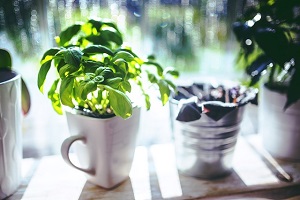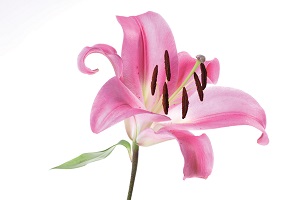Shoes are undoubtedly often illustrated in art consisting of people. Otherwise they would be barefoot.
However, the shape and form of shoes also regularly appear in ancient art for it’s symbolism.
This might not always be a drawing of the shoe itself, but it’s distinctive shape can also be found on background or border patterns. Just like how the ru yi is often found in all types of Chinese paintings in a Where’s Wally kind of way.
What is represented by a pair of shoes is mostly down to it’s mandarin name xie (鞋) which sounds similar to the word for harmony (谐). And as shoes naturally come in pairs, they carry the meaning of a couple in marriage living in harmony into old age.
This phonetic feature is also the reason why the crab is sometimes depicted with the shoe. Crab is pronounced xie (蟹).
In bustling parts of south China in places such as Guangzhou and Hong Kong where cantoneses is the local dialect, the shoe is pronounced as hai which sounds the same as the word for child (孩).
As such, they convey the wish for offsprings when used as gifts or when illustrated in paintings.

A common miniature gift for example, is a small wooden shoe packed inside another wooden shoe. This represents children having children, which is obviously a wish for a grandparent or one who ones to be a grandparent.
Smaller shoes meant for women with bound feet were known as “lotus flowers”. And when worn, feet sre often called golden lotuses.
When designed with the lotus embroidery also convey the same wish for children.
A pair of brass shoes carries the meaning of having blissful harmony together. A noticeable small pair of shoes made of brass would have the meaning of peace.















